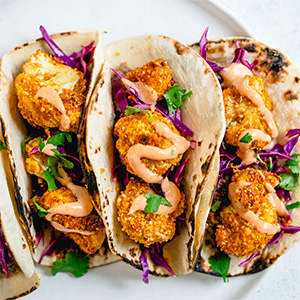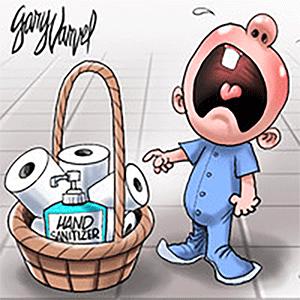Pet-Friendly Indoor Garden: A Safe and Green Haven for Your Pets
Published in Life Hacks
Creating an indoor garden is a wonderful way to bring the beauty of nature into your home. However, for pet owners, it's crucial to ensure that the plants you choose are safe for your furry companions. Many common household plants can be toxic to pets if ingested, leading to harmful consequences. To strike the perfect balance between greenery and pet safety, consider creating a pet-friendly indoor garden with non-toxic plants.
Research Pet-Safe Plants: Before you start designing your indoor garden, research and compile a list of plants that are safe for pets. Some popular pet-safe choices include spider plants, Boston ferns, bamboo, and air plants. These plants not only enhance your space but are also harmless to curious pets.
Elevate Plants Out of Reach: Some indoor plants might be pet-safe, but it's still a good idea to place them in elevated spots where your pets cannot access them easily. Use tall plant stands or shelves to keep plants out of your pet's reach.
Consider Hanging Planters: Hanging planters not only create a unique aesthetic but also keep plants away from pets. Hang non-toxic plants near windows to provide them with the natural light they need.
Add a Pet Grass Area: Cats and dogs often enjoy chewing on grass as it aids in their digestion. Create a small pet grass area using cat grass or dog-friendly grass seeds. This will provide a safe and satisfying outlet for their natural instincts.
Secure Heavy Pots: If you have large or heavy pots, secure them in place to prevent accidents. Pets may accidentally knock over pots, which can cause injury or damage.
Monitor Plant Placement: Keep an eye on your pets' behavior around the plants. If you notice any interest in chewing or playing with the plants, consider relocating them to a safer spot.
Avoid Toxic Plants: While designing your indoor garden, be mindful of plants that are toxic to pets. Avoid lilies, azaleas, snake plants, and pothos, among others. Check with your local nursery or research online to identify toxic plants.
Use Natural Fertilizers: If you plan to fertilize your plants, use natural and pet-safe options. Avoid chemical fertilizers that can be harmful to your pets if ingested.
Create Separate Spaces: If you have both pets and plants, consider creating separate spaces for them. Use baby gates or dividers to keep pets away from certain areas if needed.
Supervise New Additions: When adding new plants to your indoor garden, closely supervise your pets' behavior around them for the first few days. This will allow you to gauge their interest and ensure their safety.
By creating a pet-friendly indoor garden, you can enjoy the beauty of nature without compromising on the safety of your beloved pets. A well-designed indoor garden can be a peaceful and calming space for both you and your furry companions to enjoy together.
This article was generated by Open AI with human guidance and editing along the way.





























Comments